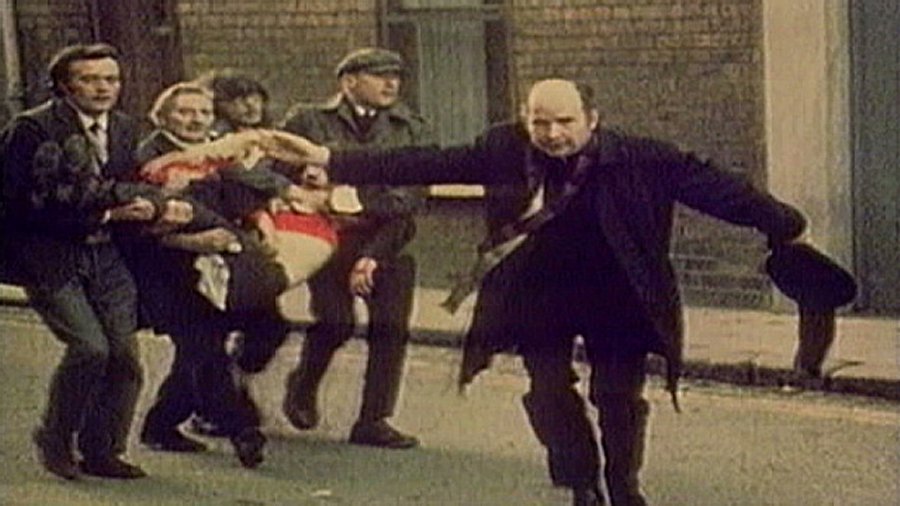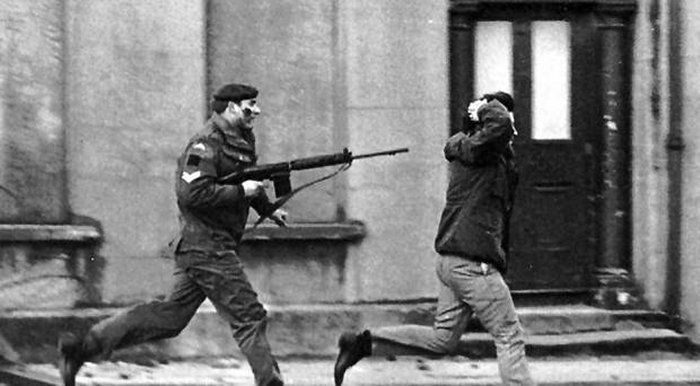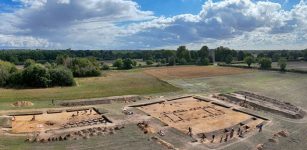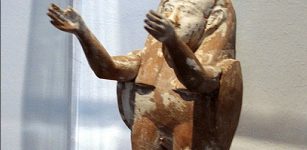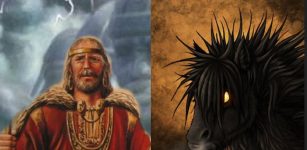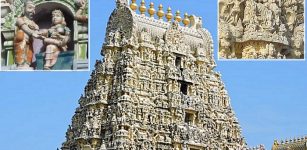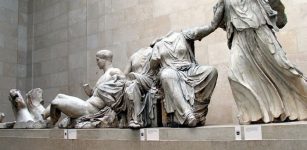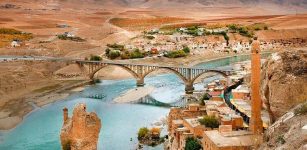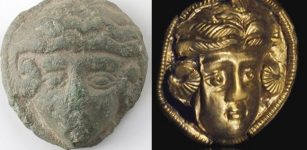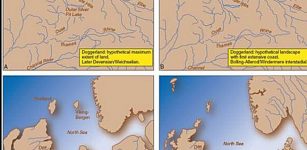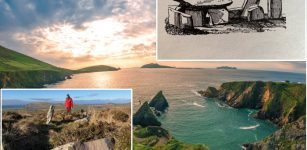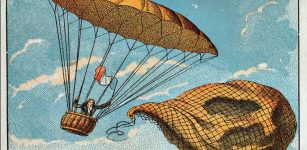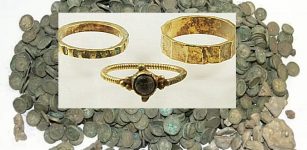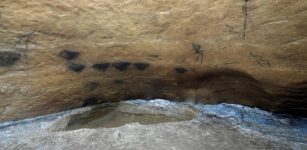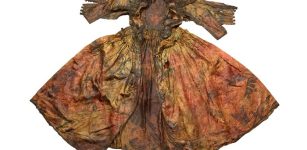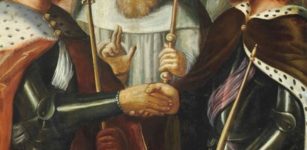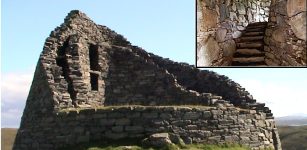On This Day In History: ‘Bloody Sunday’ In Northern Ireland – On Jan 30, 1972
AncientPages.com - On January 30, 1972, in Londonderry, Northern Ireland, British Army paratroopers shot 26 unarmed civilians, all Northern Catholics, during a protest march against internment.
This tragic event – during which the soldiers fired indiscriminately into the crowd of protesters - is known as "Bloody Sunday."
Father Edward Daly waving a blood-stained white handkerchief while trying to escort the mortally wounded Jackie Duddy to safety. Credits: Wikipedia
Fourteen people were shot dead: thirteen were killed outright, while the death of another man four-and-a-half months later was attributed to his injuries.
Many victims were shot while fleeing from the soldiers, and some were shot while trying to help the wounded.
The protesters, all Northern Catholics, were marching in protest of the British policy of internment of suspected Irish nationalists.
British authorities had ordered the march banned and sent troops to confront the demonstrators when it went ahead.
A youth is arrested at gunpoint by a Paratrooper in Derry on Bloody Sunday Picture by Fred Hoare.
The killings brought worldwide attention to the crisis in Northern Ireland and sparked protests across Ireland. In Dublin, the capital of independent Ireland, outraged Irish citizens lit the British embassy aflame on February 2.
The Northern Ireland Civil Rights Association and the Northern Resistance Movement organized the march.
Many victims were shot while fleeing from the soldiers, and some were shot while trying to help the wounded.
Two protesters were also injured when they were run down by army vehicles. The Northern Ireland Civil Rights Association and the Northern Resistance Movement organized the march.
The soldiers involved were members of the 1st Battalion, Parachute Regiment, also known as "1 Para".
AncientPages.com
Expand for referencesReferences:

